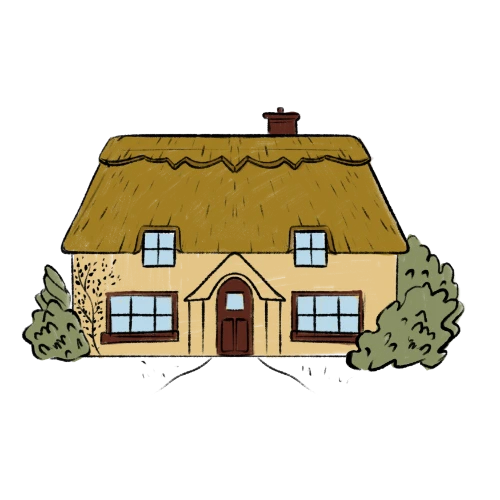Specialist Home Insurance
Specialist Home
Whatever your home, whether its thatched, abroad, a second home, or even an unoccupied property, we have cover to protect a wide variety of specialist homes, that you can trust.

Flat Roof Insurance
We don’t discriminate, we have a specialist policy for flat roofs too.
We don’t just offer a one-size-fits all policy; we know how flexible flat roof insurance needs to be.
Flood Risk Insurance
Wherever your home is located, we want to help.
Homes in flood risk areas need insurance too, and that’s why we offer tailored, flexible flood risk insurance policies.
Listed Buildings Insurance
Choose insurance that’s worthy of your listed building.
Protect your special and historic property with the comprehensive listed insurance it deserves.
Non-Standard Construction Insurance
Forget what’s ‘standard’, we insure quirky, unique, and unusual homes.
Finding insurance for a home that’s not considered ‘standard’ doesn’t need to be tricky, thanks to our non-standard constriction insurance.
Outbuildings Insurance
Don’t neglect your outbuildings with the insurance they deserve
Much like how the main property needs protection, outbuildings need insurance that’s up to scratch too.
Construction & Renovation Insurance
Construction and renovation insurance that leaves no stone unturned
Our goal is to help our clients find flexible insurance policies which cover all aspects of construction and renovation.
Solar Panel Insurance
Tailored, specialist cover for your solar panels
If your home insurance policy doesn’t quite do enough to comprehensively protect your solar panels, turn to our flexible solar panel insurance.
Subsidence Insurance
Don’t sink with unfortunate subsidence thanks to specialist home cover.
Be ready for instability beneath your home with subsidence insurance you can bank on.
Thatched Property Insurance
We understand what it means to truly protect a thatched property.
Trust our thatched property insurance to handle the unique challenges that come with these unique types of constructions.

